Tom Holland is a pretty good actor. He’s also a pretty great Spider-Man. When I reviewed Spider-Man: Far From Home, a movie I liked (and have been surprised to learn many of my colleagues did not), one of the things I zeroed in on was how much I enjoyed the Marty McFly aspects he brought to his characterizations of Peter Parker. Tapping into one of the great everyman heroes in the winding history of summer blockbusters has been a solid workaround to carve his own niche into an even more well-worn character.
Really, outside of the drones, Iron Man tech, and Tony Stark as Uncle Ben stand-in, quite a bit of the Jon Watts-led updates have worked. Zendaya’s MJ is golden, and I like how Jacob Batalon’s Ned is basically Ganke in all but name. I could stand for Peter to be a bigger loser — the MCU sheen glows on him just a bit too brightly — but otherwise, I’ve found a lot to enjoy in these revitalized wall-crawler installments.
As somebody who believes Peter Parker and crew work best when operating at a smaller scale, my struggle with Spider-Man: No Way Home becomes all the more intense. It’s a film that has A LOT on its mind, both in front of the camera and behind the scenes. It has to, in one pretty epic running time (longer than Infinity War!), deal with the ramifications of the end of the last film, spend some time on college admissions drama, fold Doctor Strange into the mix, pay tribute to the previous Sony Spider-Man movies by bringing back significant portions of his rogues gallery, and then also do a whole bunch of other stuff I’m not allowed to talk about.
The funny thing is, that whole stretch that I can’t talk about is when No Way Home gets to be pretty fun. Everything before it, though? It’s a bit of a bloated mess. Peter, having had his identity compromised by Mysterio on J. Jonah Jameson’s (JK Simmons, back at it, mostly wasted here) talk show, finds that he and Aunt May (Marissa Tomei), and her kinda-sorta boytoy Happy (Jon Favreau), have to go into hiding to be out of the public eye.
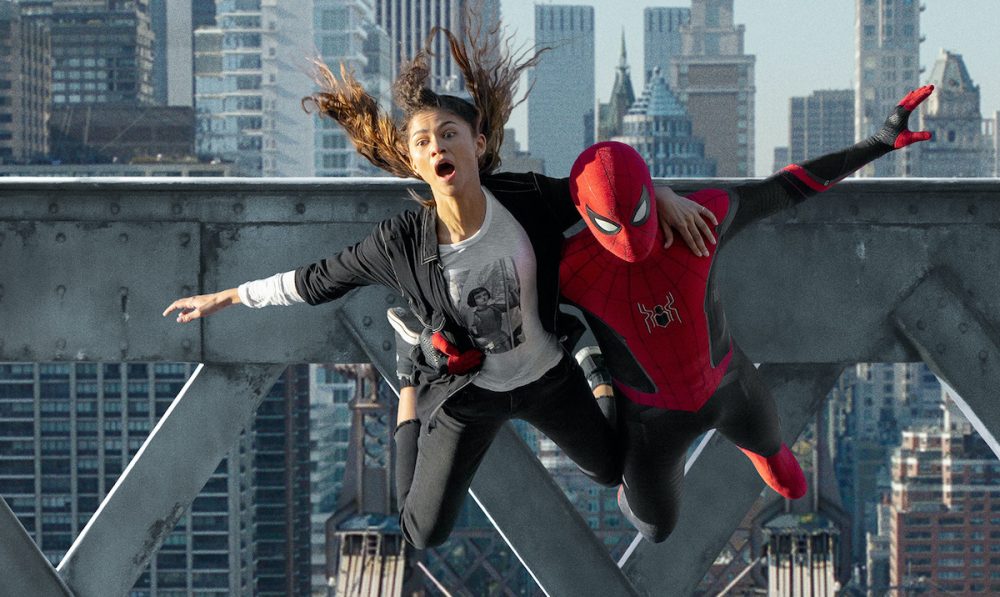
Easy enough, but the impact it has on his personal life is further reaching than he would have anticipated (damn you, MIT!). So Peter rushes to Doctor Strange’s house and asks him to wipe everybody’s memory of Spider-Man’s secret identity. Well, everybody except MJ. And Ned. And Aunt May. Things go a little haywire with all these mid-spell alterations. Suddenly the bad guys from the old movies appear for what’s basically an ersatz Sinister Six movie. Or Sinister Five, anyway.
No Way Home has an odd structure in its first half. There’s a lot of ground to cover, chaotically, to get to the point it wants to make: a big hullaballoo with all the villains. The film does it at such a breakneck pace it’s genuinely hard to get your bearings. But then, by the time all the villains show up, the movie pumps the brakes. Now it’s all about Spidey trying to figure out how to best help these poor wayward travelers so they don’t have to get shunted back to their home dimensions and face their respective dooms. I bemoaned the potential that was lost with Far From Home’s ending beat, where you can feel the machinations behind the scenes from Sony, who have been obsessed with a big villain team-up for a while. But still, I took pleasure in seeing Alfred Molina’s Doc Ock jawing with Willem Dafoe’s Norman Osborne, even if the former is suddenly too MCU quippy for me. Meanwhile, Jamie Foxx’s Electro is completely remade in Foxx’s own image, which is frankly a big improvement.
But the villains are also kind of the problem because there’s a struggle to define their arcs in this film. Despite the running time, no one really gets room to navigate their character much in the first half, so everyone is playing a shorthand version of themselves. And despite Dafoe’s best efforts, deliciously playing to the back row, he and Doc Ock occupy much of the same character type, with the same ground retreading itself as they swap allegiances. On the other hand, Electro’s motivations are all over the place, though he also maybe gets my favorite line in the movie, so whatever I guess. The other two villains are just window dressing, happy to be there. It’s like being at the fireworks show. You’re really stoked because you’re there and you know something good is going to happen, but they just keep firing off the boring yellow ones that pop really loud.
But then comes the second hour. Again, I wish I could talk about those aspects more, because there are some brilliant performances within that slice of the film, particularly Holland himself, who finally gets to take Peter towards the darker territory, producing some of No Way Home’s most affecting scenes. In particular, there’s a moment that reminds me just how good the Holland-Zendaya-Batalon trio is. And while I feel perhaps I spent too much time wondering about contract negotiations in the midst of a huge third act brawl than I should have, in this entire passage of the film that you just know this thing is going to be a monster hit.
In a way, Spider-Man: No Way Home is the anti-Eternals. It’s bereft of any of that film’s attempts at ambition, replacing it instead with gobs and gobs of fan service. On those merits, I think it succeeds in what it’s trying to do. It’s just trying to do a whole lot. In the end, you’re only going to remember the parts that worked. I hope I get a chance to talk to you about those soon.
You can find more of Kyle Pinion’s work at ScreenRex


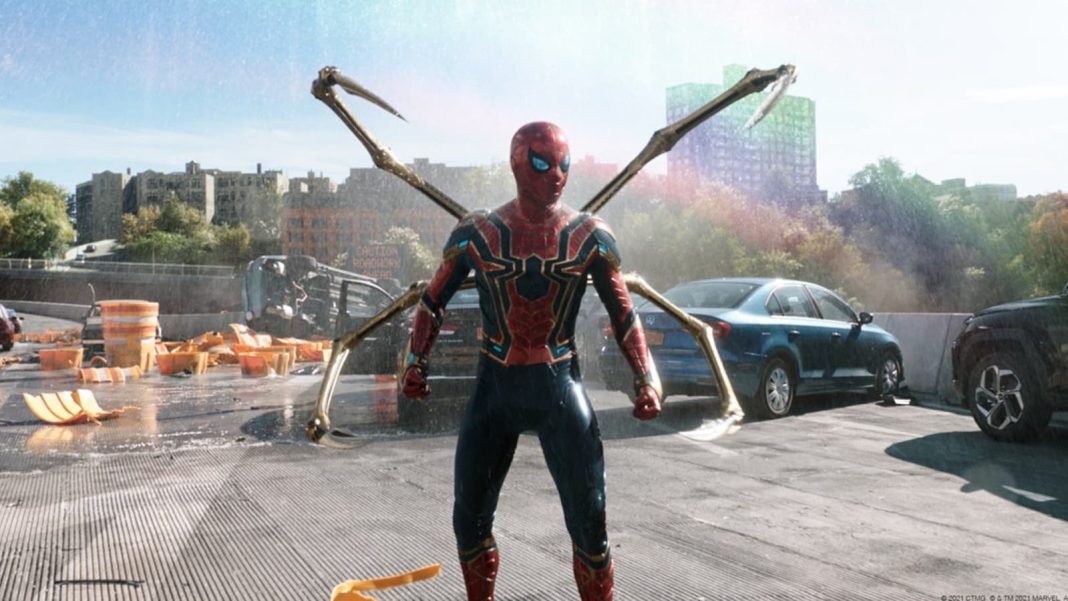
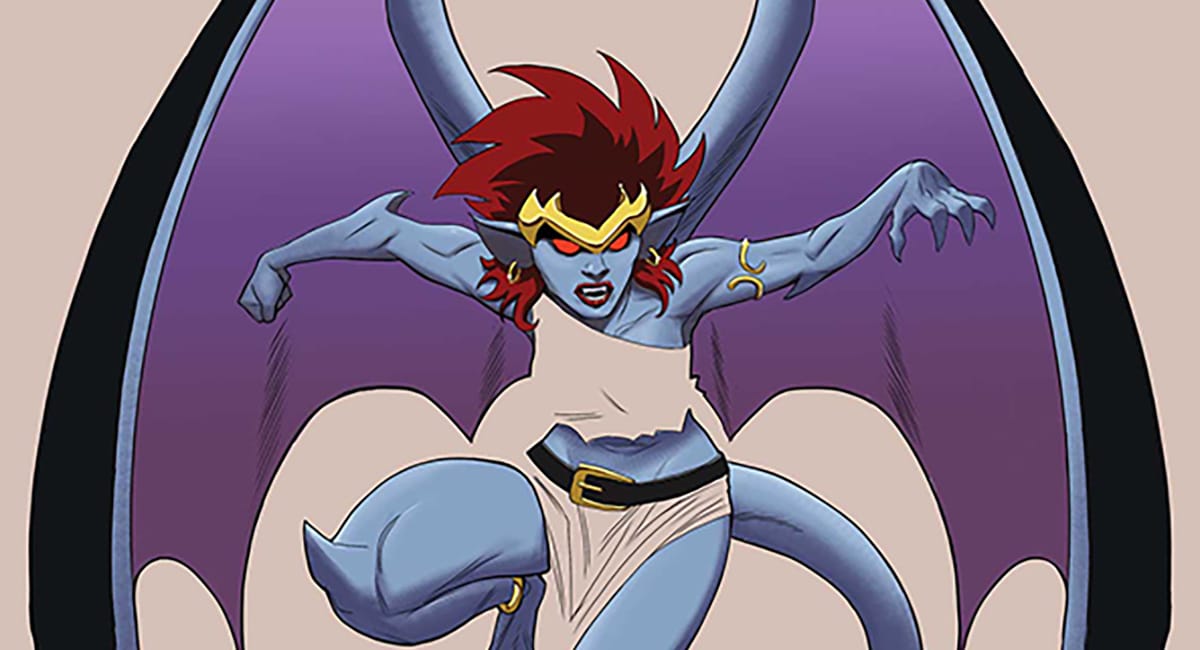
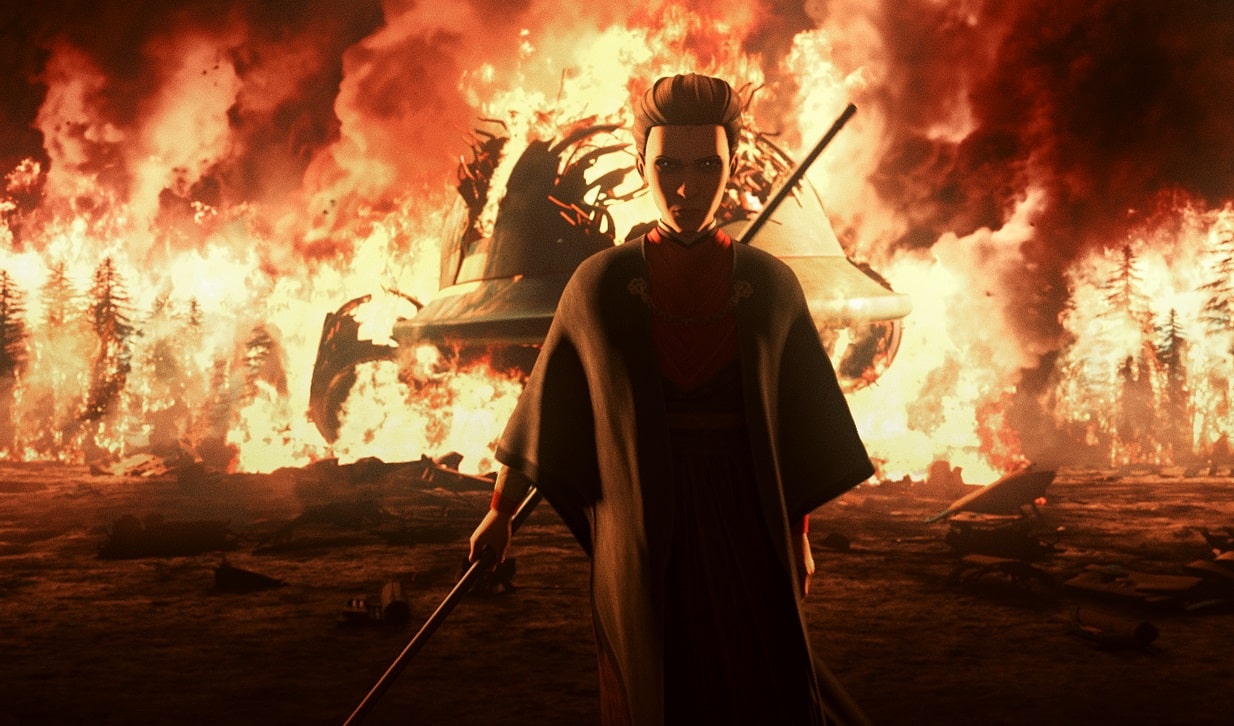
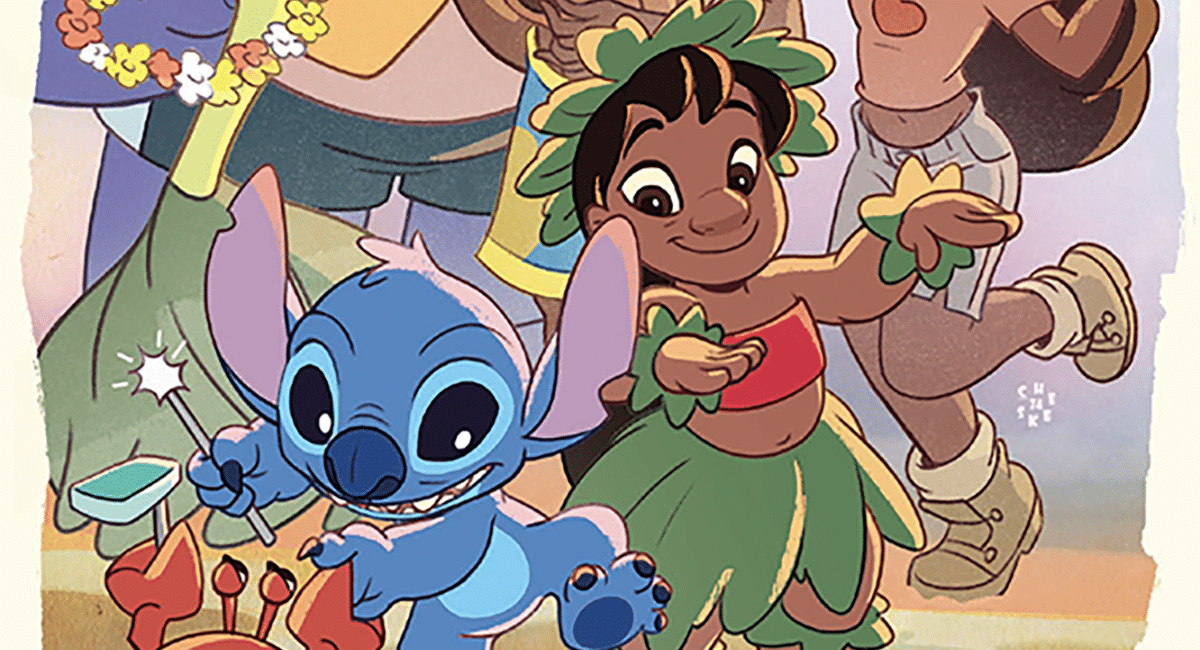



As fun as all the fan service was the best thing for me about the movie was the way it dealt with all of the complaints leveled at this version of Peter Parker for having everything too easy in his life.In fact, despite appearing in multiple films previously in a way this was really his origin story.
Comments are closed.